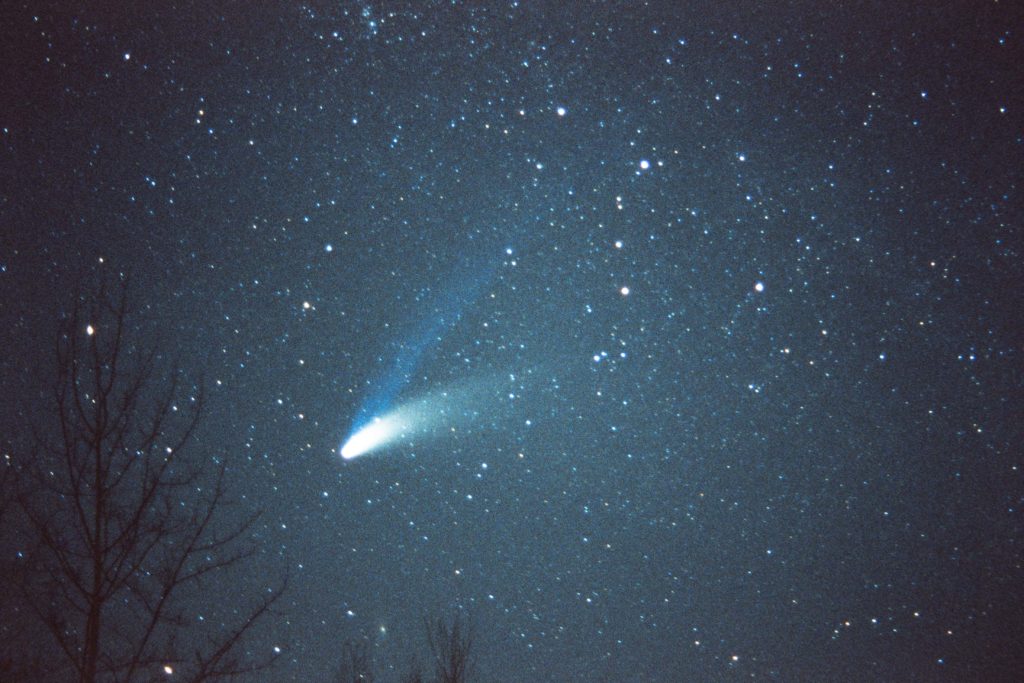
Every stargazer needs a pair of binoculars. Unlike most telescopes, binoculars are easy and intuitive to use. They produce a right-side-up image and a large field of view, which makes it easy to aim them at an object and find what you’re looking for. And they don’t need any time to set-up and align. You just grab them and head outside under the stars. Binoculars are especially useful for seeing large craters on the Moon, the moons of Jupiter, the occasional comet, close groupings of the Moon and planets at sunrise and sunset, and, once you know how to find them, larger star clusters and groupings of stars all over the sky. In this article, you learn how to choose and use a reasonably-priced pair of binoculars for astronomy [Read more…] about How to Choose Astronomy Binoculars
Share This:


